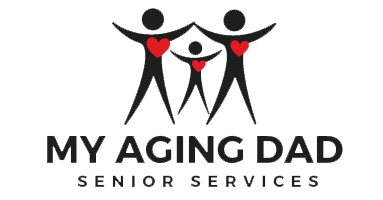As we age, our bodies change, and the medications we take can have different effects. Some medicines may increase the risk of falls, which can lead to serious injuries, hospitalization, and even death. Medications to specifically treat depression, anxiety and other psychiatric disorders are the medications with the strongest evidence that can cause falls. Thankfully, medicines and pharmaceuticals are constantly evolving. Insurance companies vary their coverage and patients often adopt the substitutes. As a result, the health system often evolves as do patient responses. Consider simple impacts : dry eyes, drowsiness or dizziness, found on many medicines taken regularly. These impact vision and balance and can often lead to increased fall risk.
Medication is specific to each person. Its takes through analysis from physicians, caretakers, family and the patient to agree that a medication is safe fit for your body. Breaking down the thought process of medication by these questions; What medicines are you taking? Why are you taking this medication? Finally how do use this medication?
As an occupational therapist, I would like to provide you with some tips to help mitigate fall risks that occur from taking elderly medicines.
- Know your medications: Make a list of all the medicines you are taking and share it with your healthcare provider. Ask if any of the medications increase the risk of falls or interact with each other.
- Follow the prescription: Take your medication as prescribed and do not change the dosage or stop taking the medication without consulting your healthcare provider.
- Beware of side effects: Be aware of the side effects of your medication, such as dizziness or drowsiness, which can increase your risk of falling. If you experience any side effects, speak with your healthcare provider.
- Use caution: Use caution when getting up from a sitting or lying position, especially if you are feeling dizzy or unsteady. Take your time and hold onto something sturdy for support.
- Stay active: Regular exercise can help improve balance, strength, and flexibility, which can reduce the risk of falls. Speak with your healthcare provider about exercises that are safe and appropriate for you.
In conclusion, falls can be prevented by being aware of the risks associated with elderly medicines and taking steps to mitigate those risks. Speak with your healthcare provider, be cautious, stay active, and remove tripping hazards to reduce the risk of falls.


